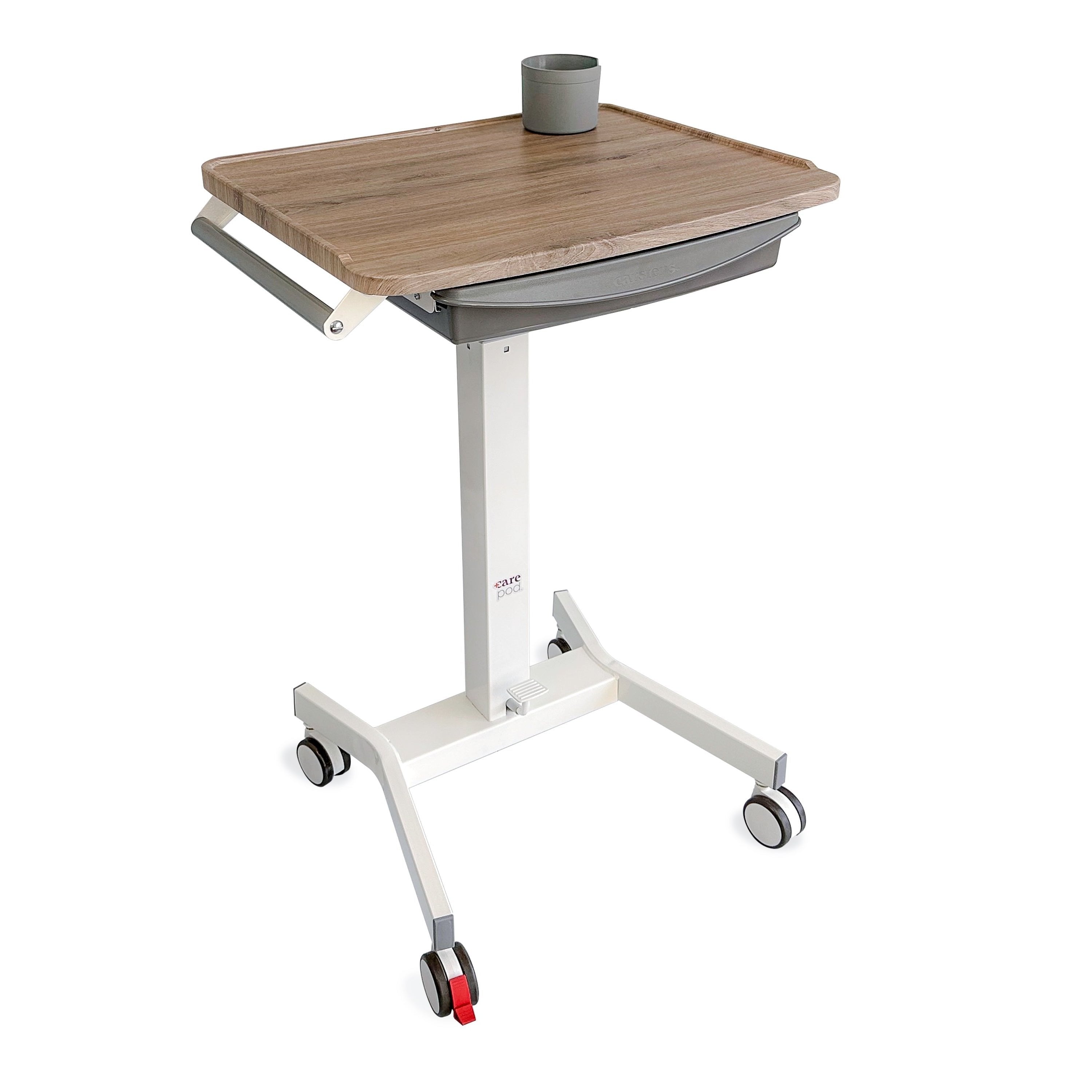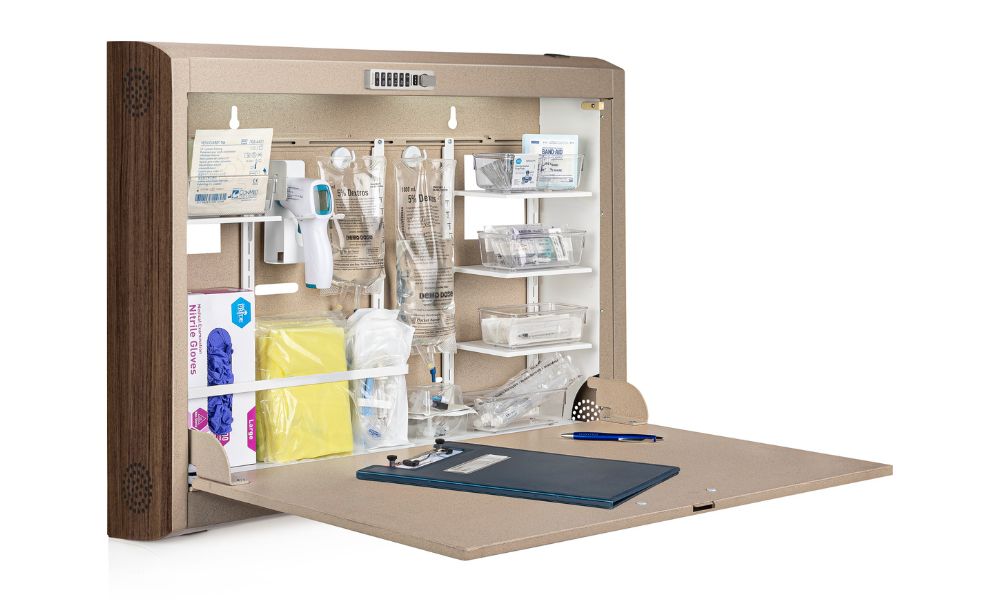Ghost charts and shadow records have become a vital yet misunderstood aspect of the healthcare industry. These terms refer to parallel sets of medical records that coexist alongside the official electronic health records (EHR) but aren't integrated or shared. Today's medical professionals must understand their role and how they impact healthcare practices and patient care.
To better understand ghost charts and shadow records, allow us to explain how they can benefit your healthcare facility briefly.
Ghost Charts: A Closer Look
A ghost chart is an informal record containing notes, observations, and test results that have not yet entered a patient's official EHR. These records can be handwritten or digital and are created by healthcare providers in various situations.
These charts can be used when providers need to quickly jot down vital information when immediate EHR access is unavailable. Ghost charts are utilized when a patient's chart is inaccessible or locked for review or edits. Some providers prefer working with paper records or personal notes before updating the official EHR.
The Pros and Cons of Ghost Charts
Ghost charts can offer several benefits to healthcare providers. They enhance collaboration by allowing temporary recording and sharing of important information with colleagues. These charts provide flexibility as a workaround for temporarily unavailable EHR systems. Doctors may find it easier or more efficient to keep handwritten notes according to their preferences.
It’s important to consider the concerns associated with ghost charts. Inaccuracy and inconsistency may arise since information on ghost charts may not make it to official records, potentially leading to errors or incomplete patient histories. Furthermore, unofficial record-keeping lacks the same level of security as EHRs, putting patient privacy at risk.
Shedding Light on Shadow Records
Shadow records are an additional type of unofficial medical documentation that can arise for various reasons, such as a patient visiting multiple providers or facilities, resulting in separate records. It can also occur when a healthcare facility switches EHR vendors or migrates to a new system. Administration errors in entering or updating patient information can lead to the creation of shadow records.
Shadow Records: Potential Benefits and Risks
Shadow records offer several benefits, such as seamless care continuity, safeguarding patient information during transitions, and empowering patients to access and share records when necessary. On the other hand, it's important to be aware of the associated risks, including inconsistencies in medical history that could impact patient care and potential privacy concerns caused by the fragmented nature of these records.
Navigating Ghost Charts and Shadow Records
Ultimately, clinicians and healthcare organizations must recognize the necessity of integrating all patient information into a secure, accurate, and unified filing system. Doing so can:
- Improve patient safety and care quality
- Enhance workflow efficiency
- Prevent costly errors and penalties for noncompliance with regulations
To navigate the challenges posed by ghost charts and shadow records, healthcare organizations should focus on education, training, and policies that promote best practices.
Ghost charts and shadow records have become an essential aspect of healthcare. To ensure patient information stays confidential and secure, healthcare organizations should focus on education, training, and policies that promote best practices for medical file storage systems. By doing so, healthcare providers can ensure that they are providing the highest level of care possible while protecting patient privacy and confidentiality.
At Carstens, we understand the importance of secure file storage systems, and we are committed to providing the latest innovative solutions to improve the healthcare industry's efficiency and patient outcomes.






